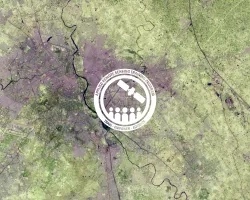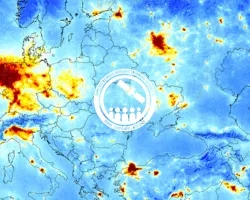Description
September 07, 2017 - September 28, 2017
As climates shift and change, ecosystems respond in a variety of ways. Assessing the ecological impacts of a changing climate is crucial for natural resource management decision-making. NASA Earth observations can be used to help make these decisions. This four-week webinar series, in collaboration with the USGS North Central Climate Center, will include an overview of the satellites, sensors, and tools relevant to ecological forecasting; available climate products and data for ecological modeling; scenario planning; and the application of modeling for species distribution and state-and-transition simulations.
- Sessions 1 and 2A of Fundamentals of Remote Sensing
By the end of this training, attendees will be able to:
- Understand what ecoforecasting is and its applications
- Understand how climate data supports future projections of management targets
- Articulate how scenario planning can be utilized for decision-making with multiple sources of uncertainty
- Integrate qualitative and quantitative tools to support resource management decision-making in situations with high uncertainty
Local, regional, state, federal, and international organizations charged with maintaining healthy ecosystems, and interested in ecological forecasting using satellite imagery and climate data.
- Four 1-hour sessions
An introduction ot the use of remotely-sensed data for predictors in ecological forecasting; an overview of example sensors and tools relevant to ecological forecasting (MODIS NDVI, VIIRS Land products, AppEARS); and case study examples.
Materials:
Materiales en Español:
An introduction to gridded historic and projected climate data; and considerations of appropriate use of climate data in ecological impact assessments, including downscaling (statistical vs. dynamical) and bias correction methods.
Materials:
Materiales en Español:
Scenario planning as a tool for grappling with the uncertainty of climate change and other factors, and how those affect management objectives; selecting a small set of climate futures; considering additional, non-climate factors; developing scenarios of climate impacts and potential management responses; and case study examples.
Materials:
Materiales en Español:
An introduction to combining ecological response models; an overview of species distribution modeling, including ecological response modeling technique examples, an explanation of correlative species distribution models, and an introduction to VisTrails; limitations of correlative approaches; and ecological simulation modeling, including an overview of simulation modeling approaches and examples, state-and-transition conceptual models and simulations, and an introduction to ST-Sim software.
Materials:
Materiales en Español:



